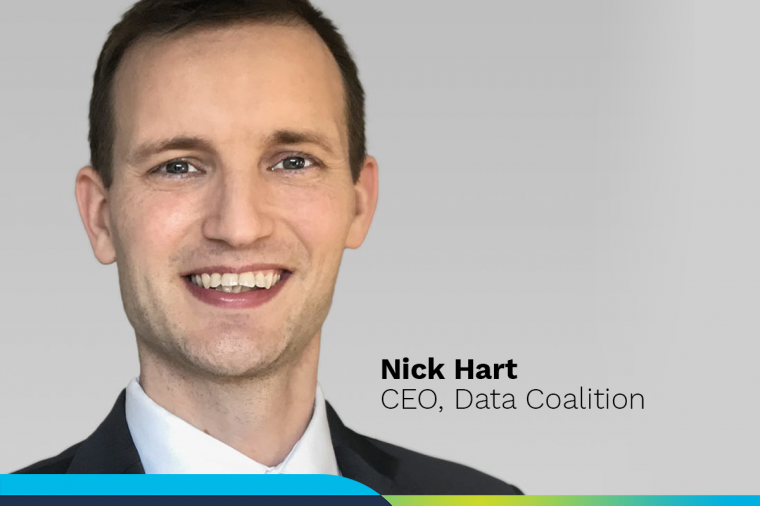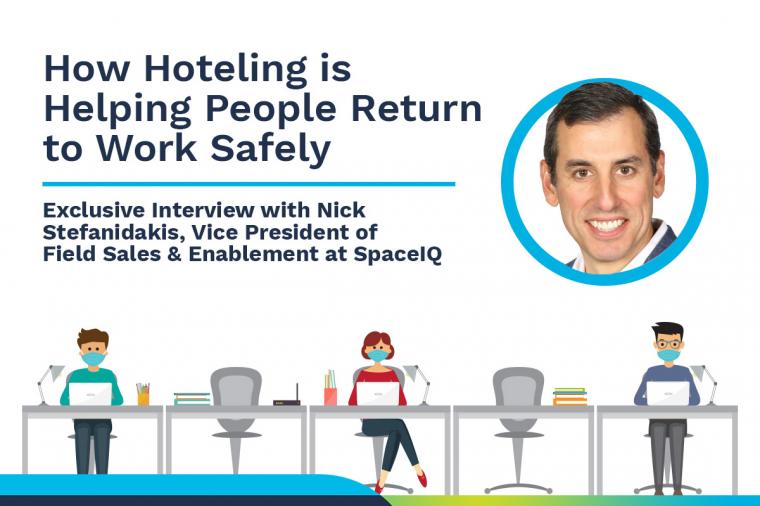Integrating Workflows Streamlines Data Sharing

Does your business have a single source of truth when it comes to data sharing across facilities? Ensuring data is accurate, relevant, and structured is something any business can recognize as important, yet it is more difficult to achieve than most realize. Just because you are use an integrated workplace management system (IWMS) or have relevant GIS data doesn’t mean it provides a single source of truth.
The problem with data truth arises when it comes time to collaborate. Let’s say Beth and her colleague Julie are working to carve out hoteling space in their existing office but each is working from a slightly different floor plan. Both think they are working from the same standard, and they get confused when they compare notes and find out otherwise. Without a single source of data truth, there’s no way to collaborate efficiently or to fruitful ends.
How can businesses create an lasting standard for data truth that’s accessible to everyone? It starts in the cloud and ends with workflow integration.
Data Integration Keeps Everyone on the Same Page
Integration is a simple concept that everyone is familiar with—think syncing your contacts up to LinkedIn or adding a meeting to your calendar through Slack. It’s the sharing of data to and from applications. Sometimes data flows one-way; other times it works both ways. In either case, the data exchanged is the same for both sides of the function. Integration is the architecture for data truth.
Think about an IWMS like Archibus as the core for all your workplace data. Now, imagine that all the systems that need access to this data sync up to the IWMS. Any time you change something in the IWMS, the affected data gets pushed to any synced application. Likewise, any time someone modifies data through a different app, it feeds back into the IWMS. The result is an ecosystem of data, with the IWMS as the source of truth.
Data integration could have helped Beth and Julie from our earlier example identify discrepancies and consult their IWMS to ensure that they were both working off of an up-to-date floorplan. Suddenly, it becomes a lot easier to stay on the same page.
From Data Integration to Data Optimization
When facility professionals can come together and collaborate on relevant, accurate data, it paves the way for workplace improvement. But to be effective in creating change, they need data that’s also de-siloed—another benefit of integration.
The secret to powerful integration across applications is an open-source solution. Instead of a walled off software environment that’s all-too-common in legacy systems, open-source software welcomes integration. The result is contextualized decision-making, backed by truthful data. Now, departments across an organization can all actively work together to solve problems from many perspectives. It leads to solutions that are creative and more effective.
The finer the data, the broader the capabilities
Facility management is a spatial discipline that requires two types of data: information about the physical workplace and insights into how people use it. While there is no shortage of IoT devices streaming workplace data into IWMS these days, geospatial data requires a more complex form of integration: one that Archibus offers.
Typically, physical workplace renderings take the form of Building Information Modeling (BIM) from Autodesk or Geospatial Information Systems from ESRI. These integrations involve more than I/O signals or ETL data, and not every open-source system supports them. This can be problematic, since BIM software and other digital twin components need these models to function, and to provide greater context to other facility management systems.
It’s important to consider the complexity of the data you’re using when building a source of truth for facilities management. Without readymade integrations, the result could become piecemeal, which stands in the way of data truthfulness and creates data silos that lead to inefficiencies and frequent misunderstandings. Always opt for software that makes integration easy, to keep your data honest.















































